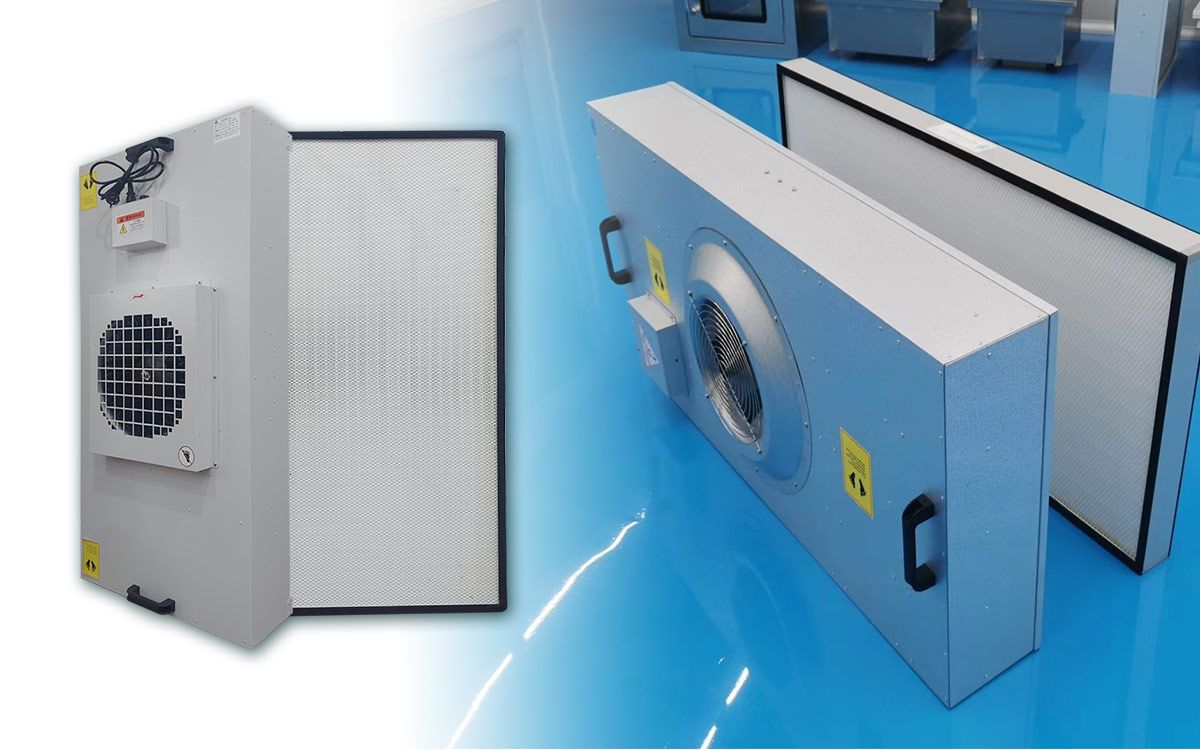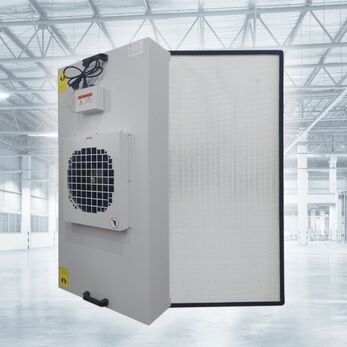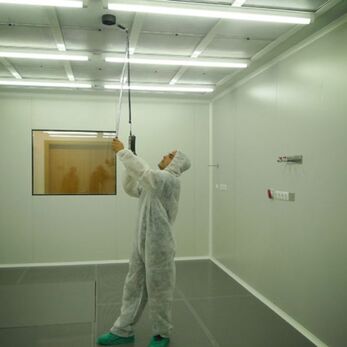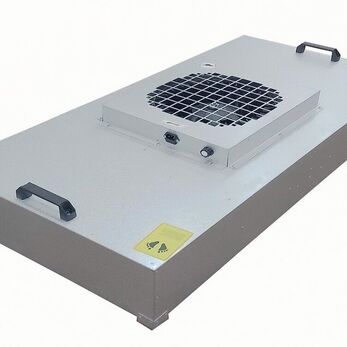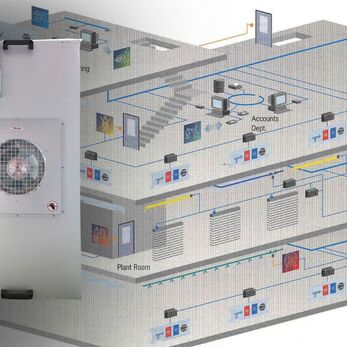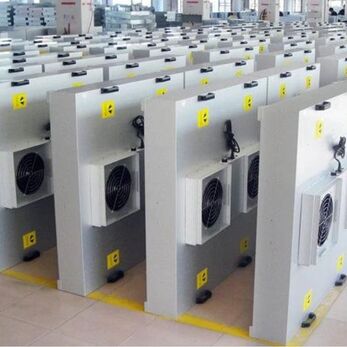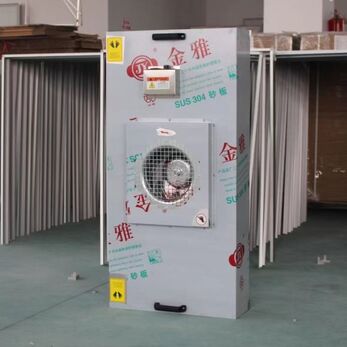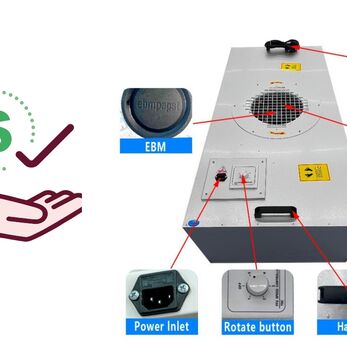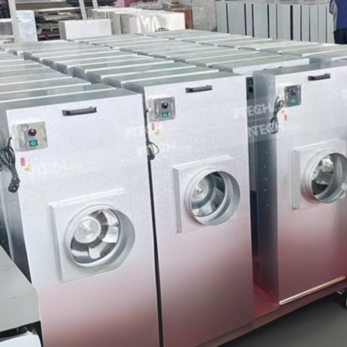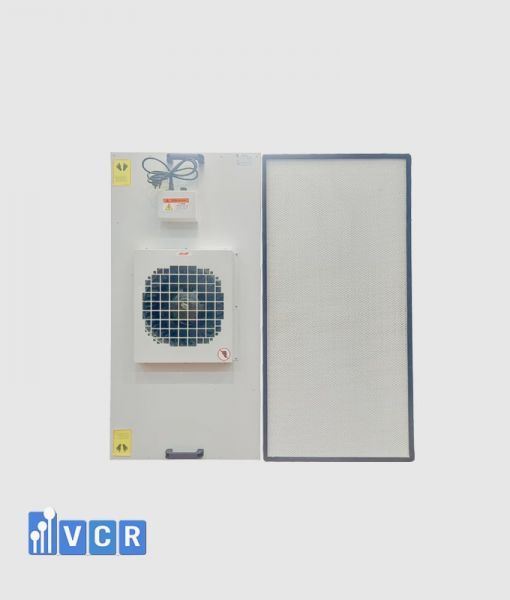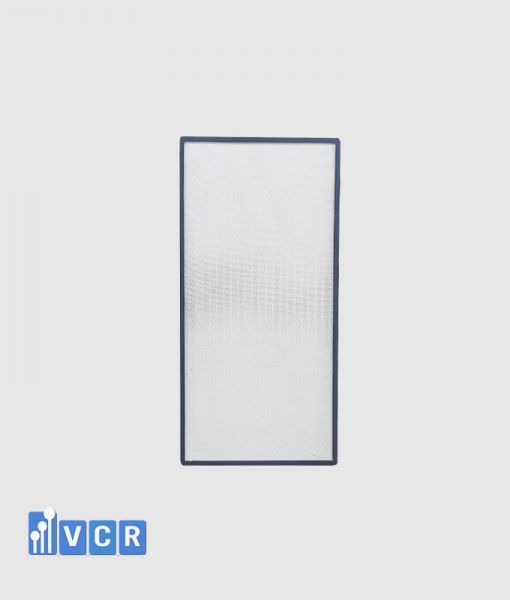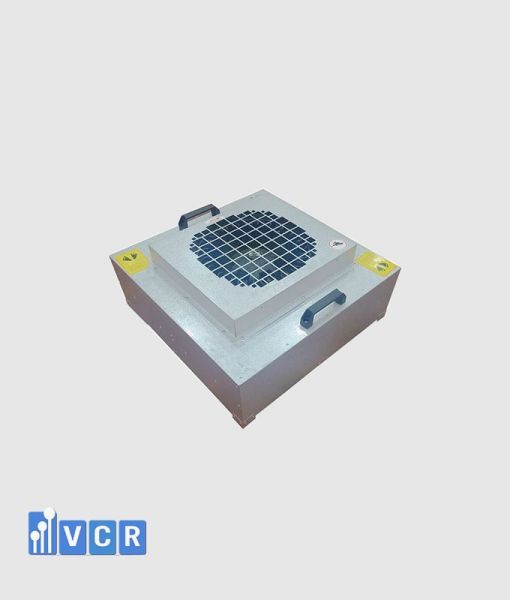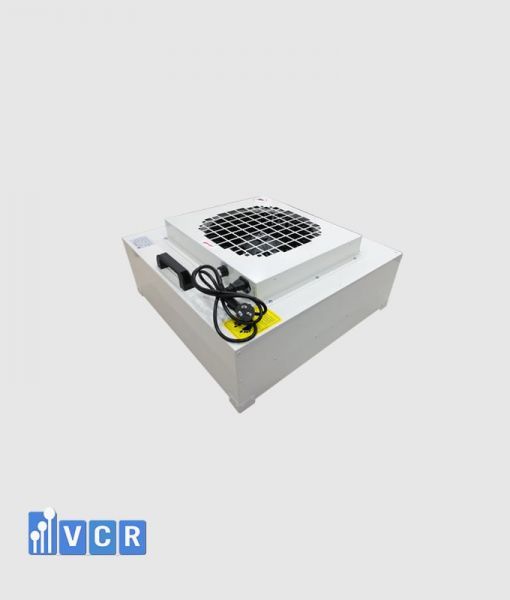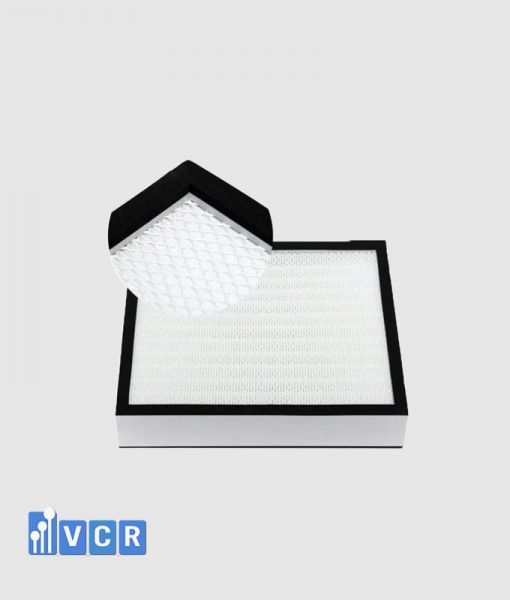Navigating the technical jargon surrounding fan filter units (FFUs) can be daunting, especially for those unfamiliar with cleanroom equipment.
- 1. Size Matters: Understanding FFU Dimensions
- 2. Striking the Right Balance: Air Velocity and Particle Control
- 3. Understanding FFU Noise Levels
- 4. Tailoring Airflow to Your Needs: FFU Performance Specifications
- 5. Choosing the Right Engine: AC vs. DC Motors in FFUs
- 6. Filtration Efficiency: The Heart of Cleanliness
- Standard FFU Specifications: FFU 1175 as an Example
This guide breaks down some key FFU specifications in a clear and concise way, empowering you to make informed decisions for your cleanroom environment.
1. Size Matters: Understanding FFU Dimensions
FFU come in various sizes, with two standard options being 1175x575x300mm and 575x575x300mm. This seemingly simple metric significantly impacts air velocity, a crucial factor influencing particle removal efficiency. Larger FFUs like the 1175mm model generally generate higher air velocity, covering a wider area more effectively. Selecting the appropriate size depends on your cleanroom dimensions and desired airflow coverage.

See more: Components of Fan Filter Units
2. Striking the Right Balance: Air Velocity and Particle Control
Air velocity, measured in meters per second (m/s), reflects the speed at which air travels within the cleanroom. While higher velocities enhance particle removal, they can also create turbulence and discomfort for occupants. The average air velocity for FFUs is around 0.45 m/s, offering a good balance between effectiveness and comfort. Remember, specific requirements may necessitate adjustments – consult cleanroom design professionals for guidance.
3. Understanding FFU Noise Levels
Noise generated by FFUs can disrupt concentration and productivity in cleanrooms. Regulations stipulate that noise levels should not exceed 60 dB for non-unidirectional airflow and 65 dB for unidirectional airflow. When choosing an FFU, prioritize models with lower noise levels, such as those equipped with DC motors, for a quieter and more pleasant environment.

See more: Fan Filter Unit Noise
4. Tailoring Airflow to Your Needs: FFU Performance Specifications
Airflow, measured in cubic meters per hour (m³/h), indicates the volume of air an FFU can process. Larger FFUs, like the 1175mm model, typically boast higher airflow rates (around 1000-1200 m³/h) compared to smaller ones (around 600 m³/h for the 575mm model). Matching your cleanroom size and required air changes per hour with the appropriate airflow capacity is crucial.
See more: Laminar Airflow Cleanroom Control in FFUs
5. Choosing the Right Engine: AC vs. DC Motors in FFUs
FFUs can be equipped with either AC or DC motors. While AC motors are more affordable, they tend to be louder and less energy-efficient. DC motors, on the other hand, offer quieter operation, lower energy consumption, and often come with smart control features. Consider your budget, noise sensitivity, and energy efficiency goals when making this decision.
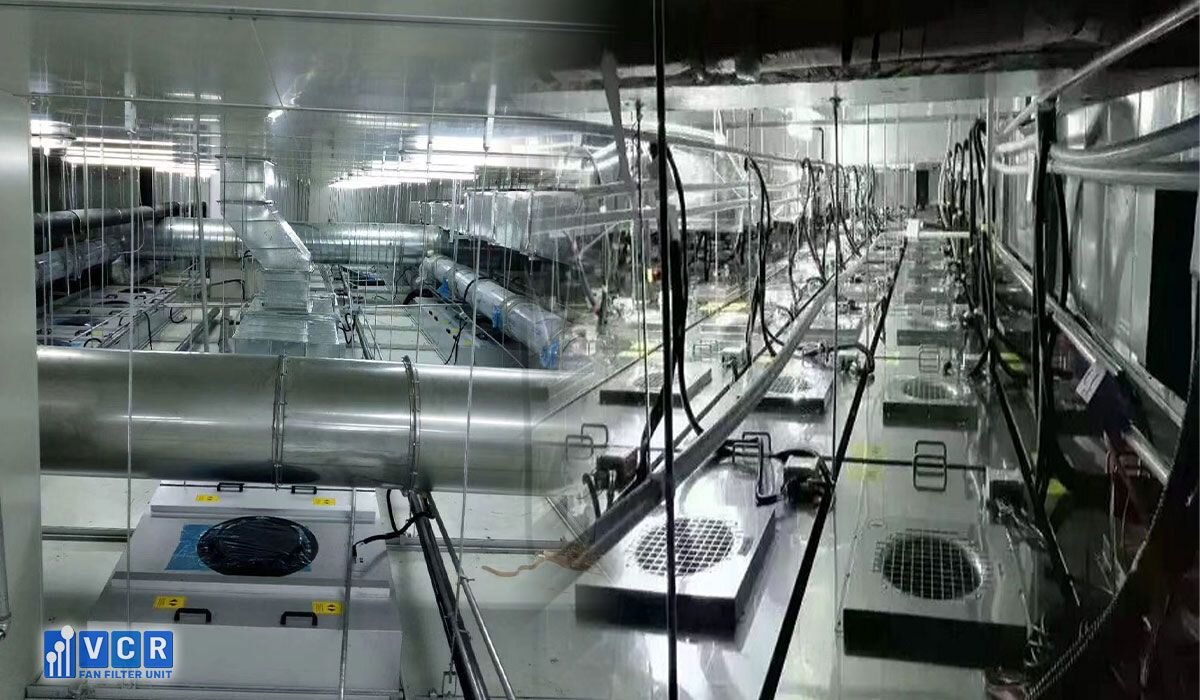
See more: Price for Fan Filter Units
6. Filtration Efficiency: The Heart of Cleanliness
The type of filter used in an FFU determines its particle removal efficiency. HEPA filters capture at least 99.99% of particles as small as 0.3 microns, while ULPA filters achieve an even higher efficiency of 99.9995% at 0.1 microns. Selecting the appropriate filter depends on the cleanliness level required in your cleanroom. For instance, a pharmaceutical cleanroom would likely necessitate ULPA filtration, while a less critical electronics cleanroom might opt for HEPA filters.
See more: FFU vs. HEPA Box
Standard FFU Specifications: FFU 1175 as an Example
To illustrate these concepts, let's delve into the specifications of a standard FFU 1175 model:
- Size: 1175x575x300mm (larger size for wider coverage)
- Airflow: 1080 m³/h (suitable for medium-sized cleanrooms)
- Noise: 55-58 dB (relatively quiet due to DC motor)
- Pressure Limit: 210 Pa (indicates filter loading capacity)
- Power: 220 W (energy-efficient DC motor)
- Weight: 28 kg (manageable for installation)
- Material: Galvanized steel (common and cost-effective)
- Power Supply: AC 1 PH 110V/220V 50Hz/60Hz or AC 1 PH 220V/380V 50Hz/60Hz (flexible power options)
- Filter: HEPA filter 0.3 µm 99.99% or ULPA filter 0.12 µm 99.999% (depending on cleanroom requirements)
- Average Air Velocity: 0.45 m/s ± 20% (within industry standards)
- Quality Standards: GB/T




